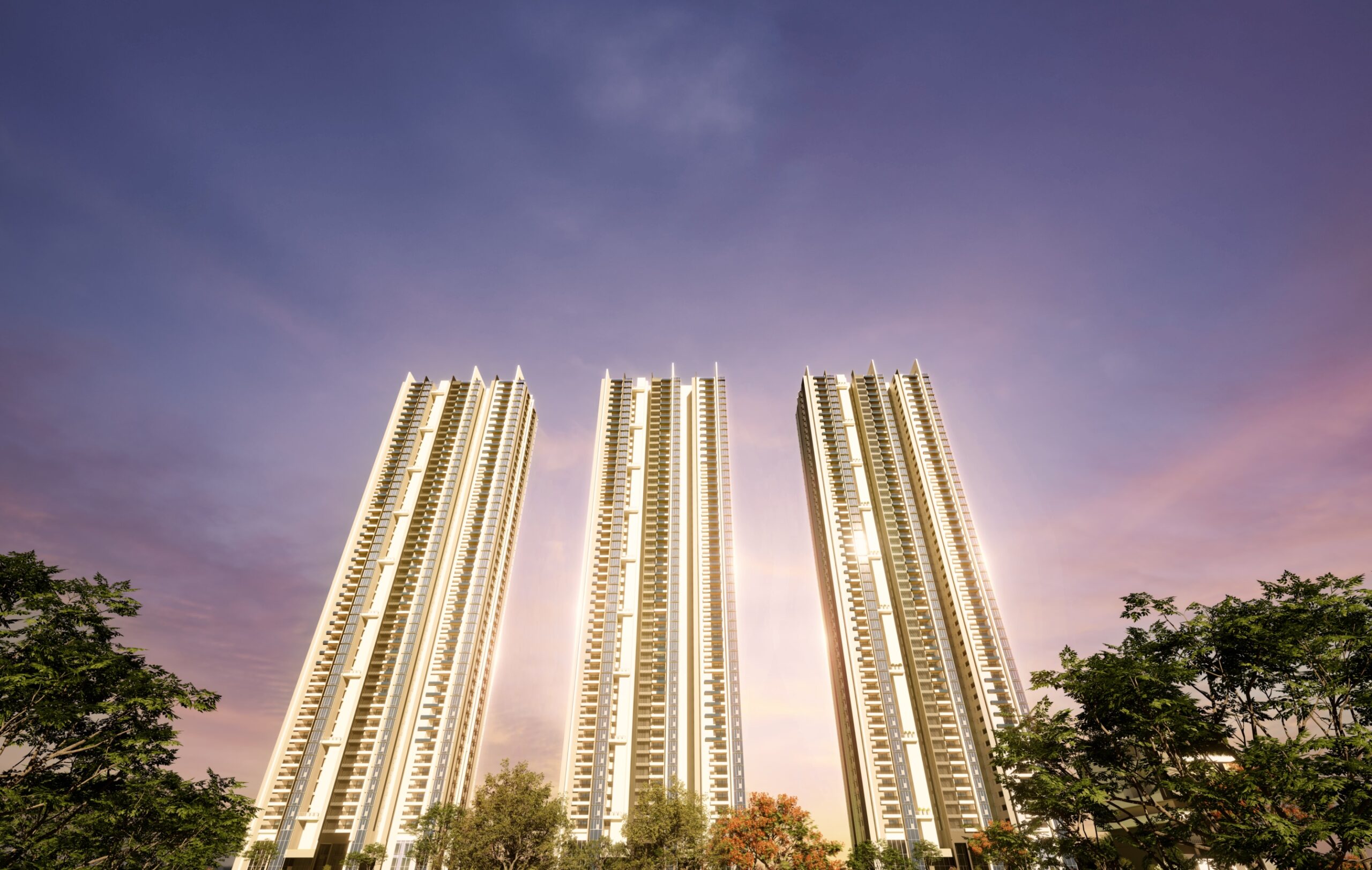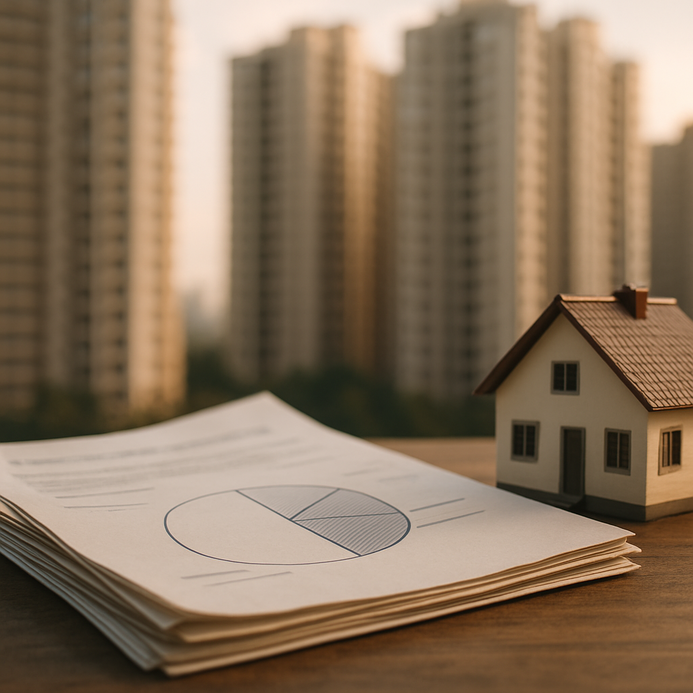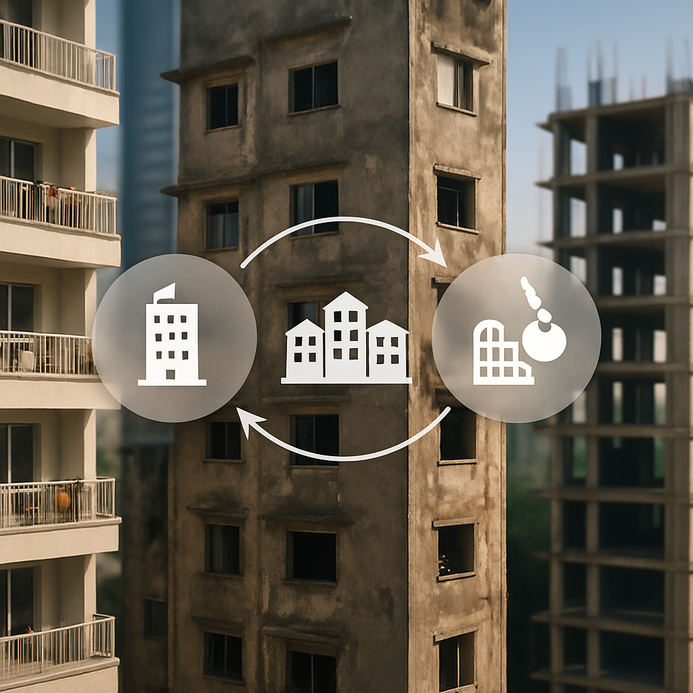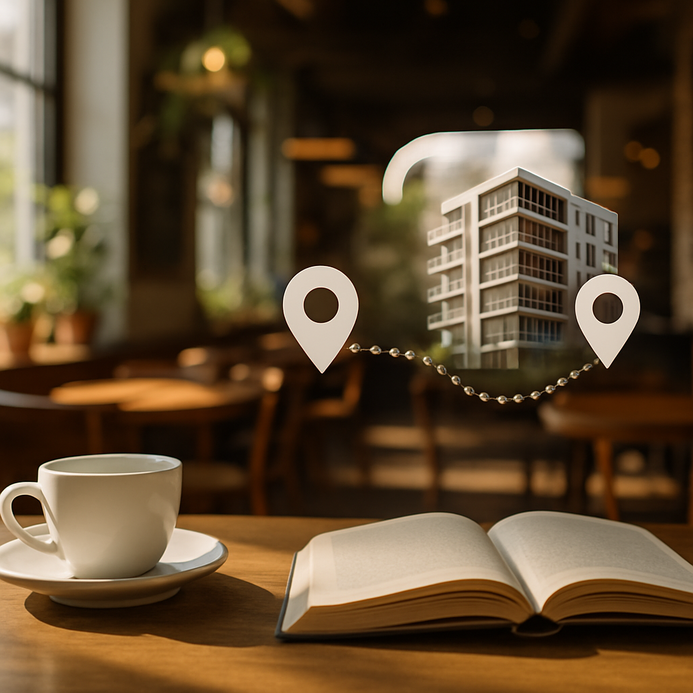Best Solution For Wall Seepage: Your Complete Homeowner’s Guide
Understanding Seepage and Dampness: Causes and Effects
Heavy rains can really mess up your walls. It’s not just unsightly; wall seepage and dampness can lead to serious health and safety issues. What’s causing this mess? You might be looking at poor waterproofing, bad drainage systems, or existing cracks in the walls. These trouble spots let water in, causing stains and flaking paint.
| Cause | Description | Preventive Action |
|---|---|---|
| Poor Waterproofing | Not enough water-resistant barriers. | Use waterproof coatings. |
| Inadequate Drainage | Clogged or poorly thought-out drainage systems. | Keep drains clear and install proper ones. |
| Structural Cracks | Cracks from settling or wear and tear. | Fix and seal cracks promptly. |
Dampness isn’t just a cosmetic issue; it can affect your air quality, inviting mold and mildew. That’s a respiratory nightmare waiting to happen. Moreover, your structure can weaken over time, leading to costly repairs.
To tackle wall seepage effectively, get proactive. During construction and upkeep, focus on solid waterproofing techniques. Seal cracks, use quality materials, and stay on top of your drainage inspections. Curious about more solutions? Check out preventing dampness in walls or explore interior wall treatments.
Understanding how seepage and dampness affect your living space is crucial. It’s all about keeping your home safe and sound and making it last. For other interesting reads, check out why prices are soaring in Hyderabad’s financial district or get insights into home loans.
Identifying the Source of Dampness: A Step-by-Step Approach
So, you’ve got damp walls. Time to figure out where that moisture is sneaking in. Follow this handy guide to get to the bottom of it.
Step 1: Visual Inspection
Start with a good look around your property. Check walls and floors for odd discoloration or, yikes, mold. Early detection is key!
Step 2: Identify External Sources
Look for cracks in the foundation, messed-up gutters, or drainage failures. Bad drainage leads to water sitting around the base of the walls, a big no-no. Check this table to assess risk:
| Potential Source | Observation Needed | Risk Level |
|---|---|---|
| Cracks in foundation | Look for any fissures, especially horizontal | High |
| Blocked gutters | Make sure they’re functioning correctly | Medium |
| Improper grading | Confirm that the soil slopes away from home | High |
Step 3: Indoor Inspection
Inside, check adjacent areas to any dampness. Do you see leaks from pipes or fixtures? Fix those leaks fast, they’re moisture monsters.
Step 4: Environmental Assessment
Consider external factors like humidity or rainfall. The post-monsoon season usually cranks up dampness. Need more info? Look into articles like The Causes of Water Seepage in Walls.
Step 5: Professional Evaluation
If you can’t figure it out, don’t hesitate to call in professionals. They know how to analyze wall seepage and offer effective solutions. Learn about expert help in How to Fix Wall Seepage.
Taking a methodical approach to find the dampness source is the name of the game. Catching problems early means you can deal with them more effectively. For further insights and strategies, check out expert solutions for wall seepage and our related topics like the best time for home loans.
Immediate Solutions: Quick Fixes for Damp Walls
Damp walls? You need to act fast. Here are some quick solutions to stop the problem in its tracks.
Sealants: A Quick Wall Seepage Solution
Good sealant can be a lifesaver! Just apply it to the affected areas to create a waterproof barrier.
Dehumidifiers: Reducing Dampness
Dehumidifiers are your go-to for moisture control. They suck out extra humidity, stopping mold in its tracks. A decent dehumidifier can handle up to 3000 square feet and keep humidity at a comfortable 40-50%.
Waterproofing Paints and Coatings
Consider waterproof paint! This is a solid short-term fix. It’ll block water from sneaking through your walls.
Monitoring and Maintenance
After you’ve patched things up, keep an eye on those areas for any signs of dampness returning. A little maintenance goes a long way toward preventing repeat issues. For more on home maintenance, see our article on improving your neighbourhood.
Here’s a summary of these quick fixes:
| Solution | Description | Effectiveness |
|---|---|---|
| Sealants | Create a waterproof layer on affected areas | High |
| Dehumidifiers | Lower humidity and fight mold growth | High |
| Waterproofing Paints | Stop water from penetrating walls | Moderate to High |
Implementing these immediate solutions can help you manage wall seepage for now. Check out more on maintaining your property with articles like saving on rental income taxes.
Long-term Solutions: Preventing Future Seepage
To truly kick wall seepage to the curb, you’ve got to think long-term. Here’s a rundown on effective strategies to keep moisture at bay.
Effective Drainage Systems
First off, drainage is key. Keep your gutters in good shape and ensure that downspouts carry water away. Also, consider adding French drains around your house to channel water away, a surefire way to keep seepage at bay.
| Solution | Benefit |
|---|---|
| Gutters | Redirect roof water far from walls |
| French Drains | Stops water from accumulating near foundations |
| Swales | Uses nature to help manage water runoff |
Waterproofing Treatments
Don’t ignore waterproofing! Applying quality sealants on your walls can keep moisture out. It’s best to treat both inside and outside walls for complete protection. Find out more about top brands in this guide on dampness.
Landscaping Adjustments
Believe it or not, landscaping plays a huge role in managing moisture around your home. Make sure the ground slopes away from your foundation, or consider moisture-resistant plants to help absorb excess water.
Maintenance and Timely Repairs
Don’t slack off on maintenance. Keep tabs on cracks and fix them as they arise. Check around windows and doors, too; any gaps or damage need quick attention.
These long-term strategies will arm homeowners with smart solutions to effectively combat wall seepage. For more helpful stuff, don’t miss out on these related articles: How to Improve Your Neighbourhood, Home Loan Rejection: What to Do Next, and Tips for Buying an Under-Construction Apartment.
Maintenance Tips: Ensuring a Dry Home Year-Round
Keeping those walls dry is not a one-time effort, especially after the monsoons hit. Regular inspections and maintenance are essential. Here’s how to maintain a dry home year-round:
1. Inspect and Maintain Gutters and Downspouts
Your gutters are your frontline defense. Clean them out! Check downspouts to make sure they effectively direct water away. Clogged gutters? Big trouble—they can cause water to pool up against your walls.
| Task | Frequency |
|---|---|
| Gutter Cleaning | Twice a year |
| Downspout Inspection | Monthly |
2. Regularly Inspect for Cracks
Cracks are like welcome mats for moisture. Keep an eye out for any visible cracks in walls or foundations and fix them ASAP. High-quality sealants tailored to your wall type are recommended.
| Crack Size | Recommended Action |
|---|---|
| Hairline | Just seal it up! |
| 1/8 inch or greater | Call in a pro for evaluation |
3. Improve Landscape Grading
Ensure the yard slopes away from your house. Poor grading leads to water building up next to your foundation. If your landscape isn’t cooperating, a professional may be necessary.
4. Apply Waterproof Coatings
Consider applying waterproof paints on your exterior. Elastomeric coatings can save you from moisture woes, especially in rainy regions.
5. Monitor Indoor Humidity
Keep an eye on indoor humidity levels. A dehumidifier can help maintain a healthy environment. Areas like basements and bathrooms usually need special attention due to higher moisture levels.
Incorporating these maintenance strategies can significantly reduce wall seepage issues. For tips on keeping your property in top shape, check out articles on home maintenance and neighborhood initiatives.
FAQ
Q: What are the common causes of wall seepage?
A: Common causes include poor waterproofing, inadequate drainage, and structural cracks in the walls.
Q: How can I identify whether my walls are damp?
A: Look for discoloration, peeling paint, or mold growth. You can also check for musty odors.
Q: What are some immediate fixes for damp walls?
A: Use sealants, dehumidifiers, and waterproofing paints as immediate solutions.
Q: Can I prevent future seepage?
A: Yes, by maintaining effective drainage systems, applying waterproof treatments, and regularly inspecting for cracks.
Q: Should I hire professionals to fix wall seepage?
A: If you are unable to identify the source or fix the problem yourself, hiring professionals is advisable.













